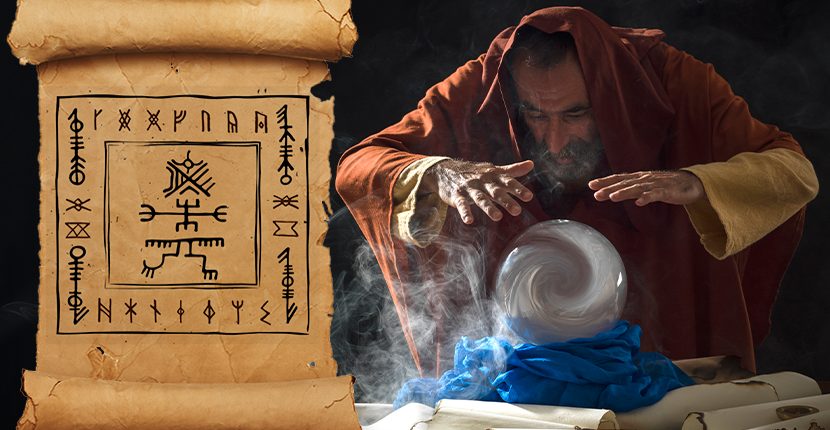A 350-year-old magician’s scroll including a spell that promises to “get women to dance naked” has sold for $28,215 (£22,000) in an auction in the United Kingdom. The manuscript is said to have been owned by a magician who was part of the “Cunning Men of Essex,” a group famous for practicing magic.
According to The Mirror, “The dense 476-page text also offers wisdom on how to make someone fall in love with you, lose weight and know if a ‘sick person shall die.’”
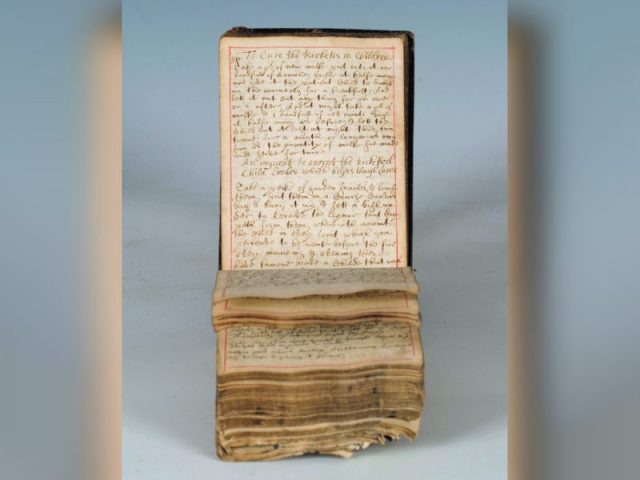
According to the manuscript, it is possible to “make a woman dance naked.” How? By saying the words “ala aymala” or inscribing them in fresh wax, but this can only be achieved at full moon.
The spell reads: “When there be a full moon to inscribe in fresh wax or speak the words ‘ala aymala’ and the lady will dance.”
Among other written wisdom, if you want to make a woman fall in love with you, the scroll advises that you make her a nice broth made with pig bones. “Write her name on parchment and throw into the fire on which you cook a broth of herbs mixed with pig bones and share with the lady,” it says.
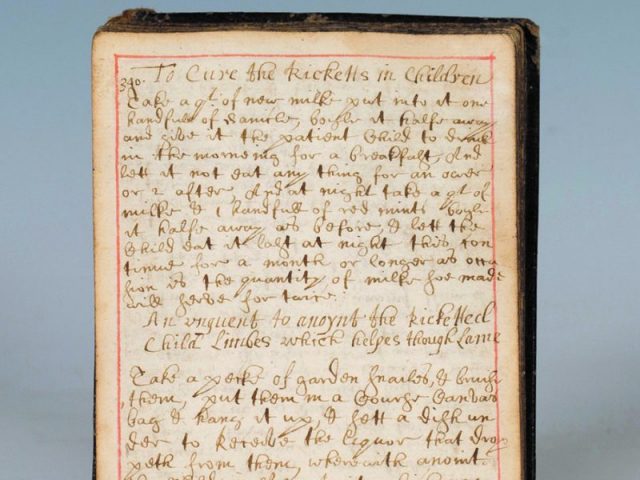
The document was expected to sell for less than $1,000 so the auctioneers were surprised when a private collector bid a sizable sum.
“We believe it performed so well at auction because it is an unpublished manuscript and there is a strong interest in the market for items relating to witchcraft,” auctioneer Charlie Howe explained. “These magicians were respected in the community back then, although one would imagine they wouldn’t get the same response if they offered the same advice today.”
The “cunning folk” were respected throughout the British Isles as professional practitioners of magic from the Middle Ages until the early 20th century. They were believed to be able to use their powers to find missing persons or track down stolen items.
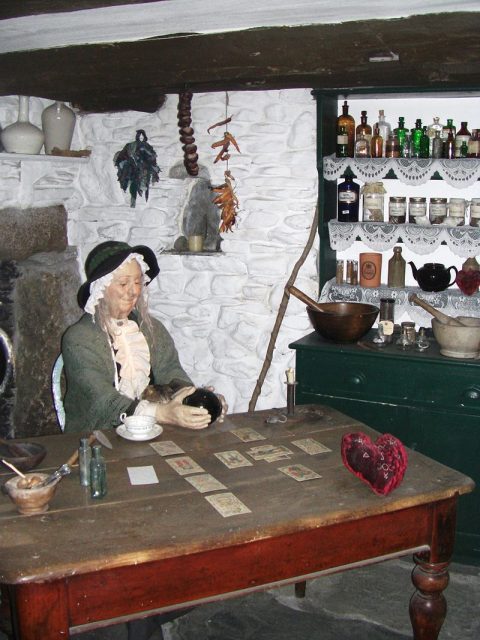
The county of Essex has a long tradition of witchcraft. Essex was the starting point in 1644 of the worst witch hunt ever initiated in England, led by the Witch-finder General Matthew Hopkins, with its inhabitants suffering.
Related Video:
Hopkins had been a lawyer, but in March 1644 he said he had discovered six witches in Manningtree, who he claimed tried to kill him. He thereupon became a “Witch Finder Generall,” traveling between Essex, Suffolk, Norfolk, and Huntingdon, persuading townspeople to hire him and his two assistants to search out witches, force their confessions, and have them hanged by the authorities.
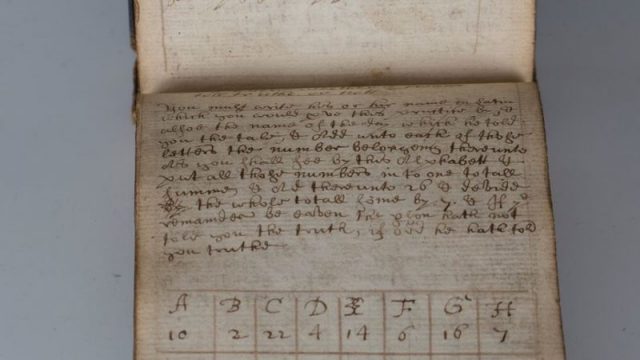
Between 1644 and 1647, Hopkins’ victims (including a few Anglican clergymen) numbered at least 230. He died, mercifully, in 1647. Essex was also the birthplace of James Murrell, one of England’s greatest “cunning men.”
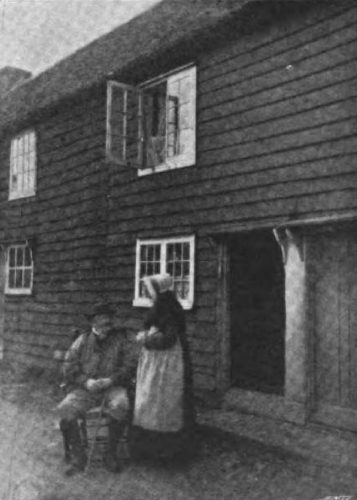
According to Haunted Palace, James Murrell was born the seventh son of a seventh son in Rochford in 1780.
In 1812 Murrell set up business as a shoemaker. “Somehow about this time he met a witch/wizard called Neboad from whom he learnt about the craft. His natural skill in the art led him to give up shoemaking and become a full-time ‘cunning man’. His fame grew as a cunning-man of unequaled ability and he was sought out by both local people and wealthy aristocrats from further afield.”
It was said that Murrell would always ask people if their problem was “high or low,” meaning did they need material or magic help. His fame grew greater after his death in 1860.
Read another story from us: 6 Common Misconceptions about Witches and the History of Witchcraft
His profession on his death certificate was “quack doctor.” But he was the subject of many articles and even books written over the next century, including a bestseller published in 1900.
